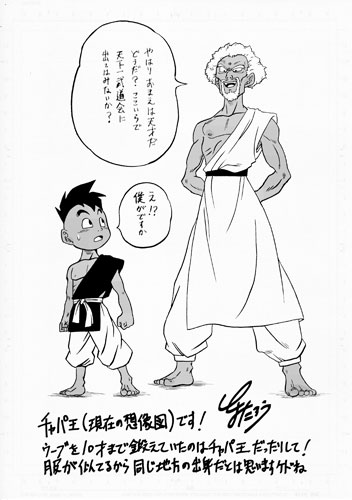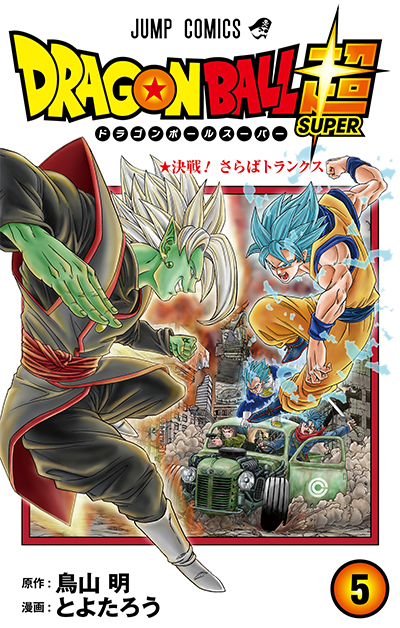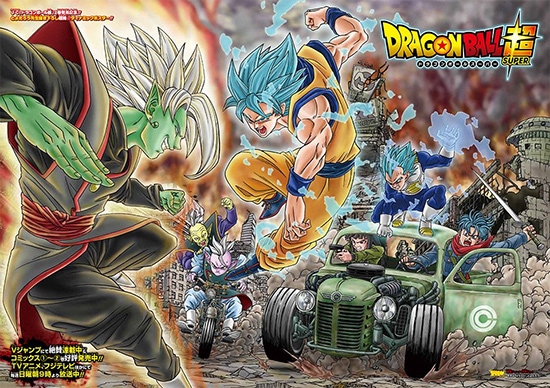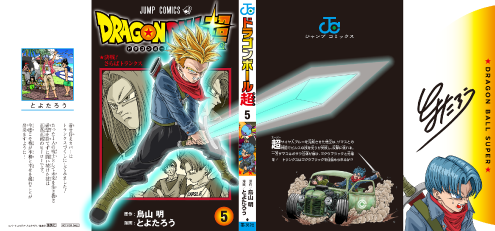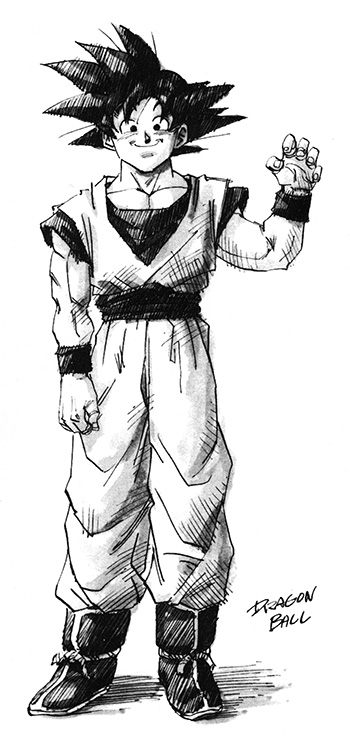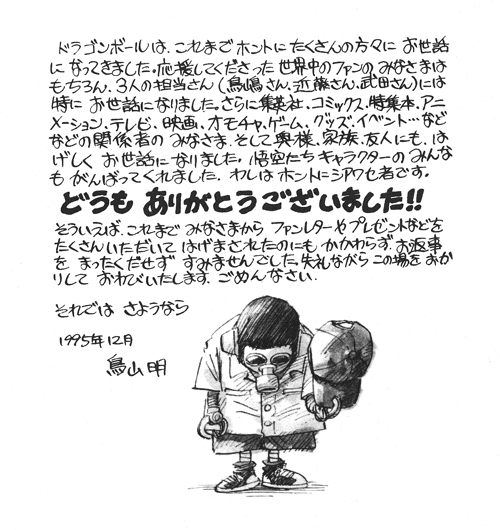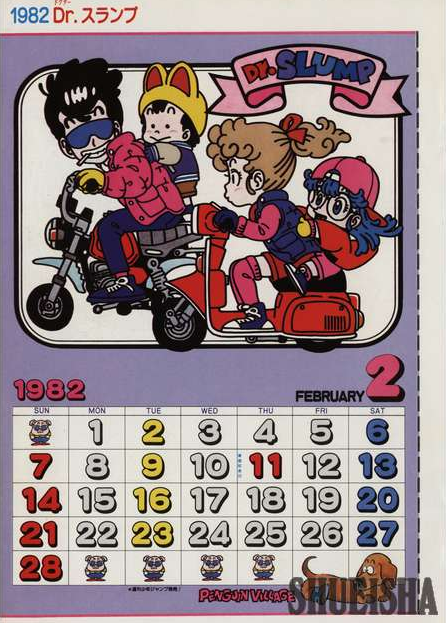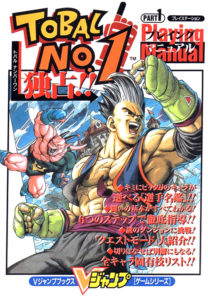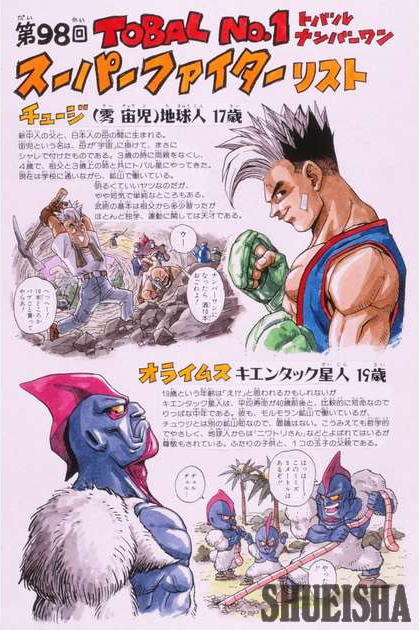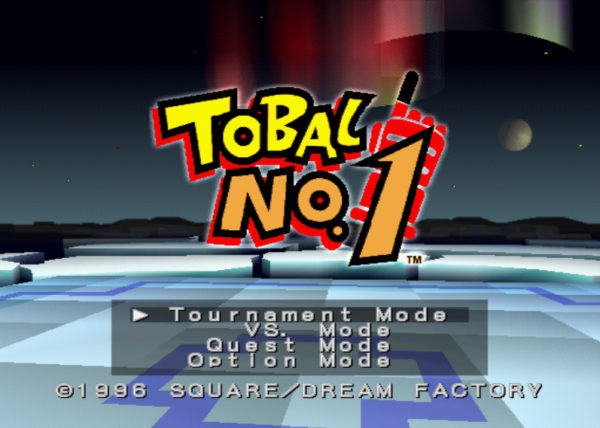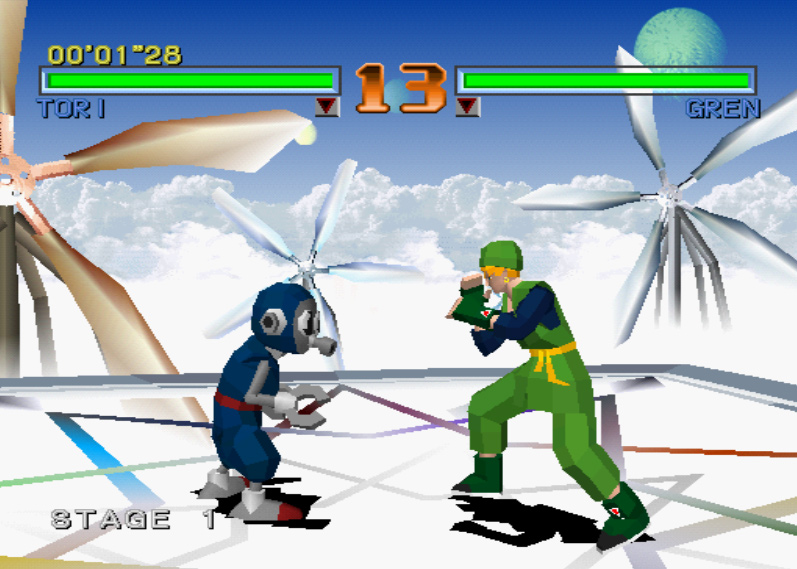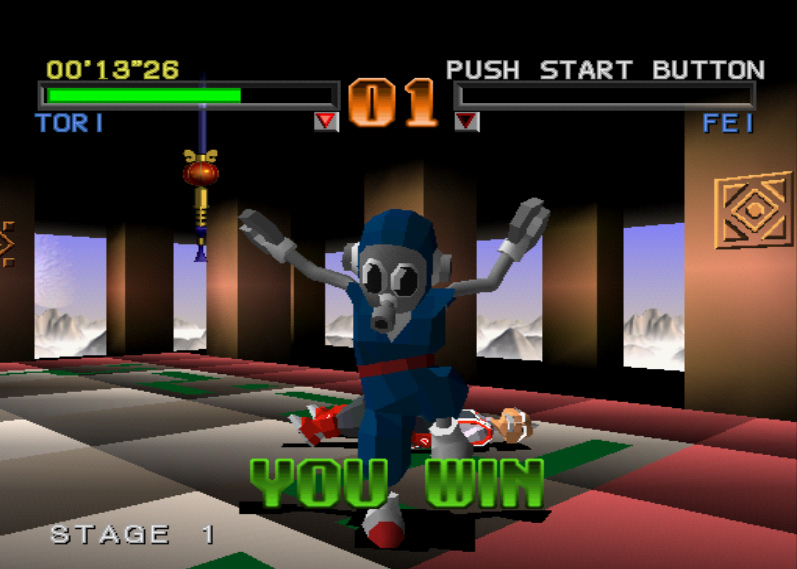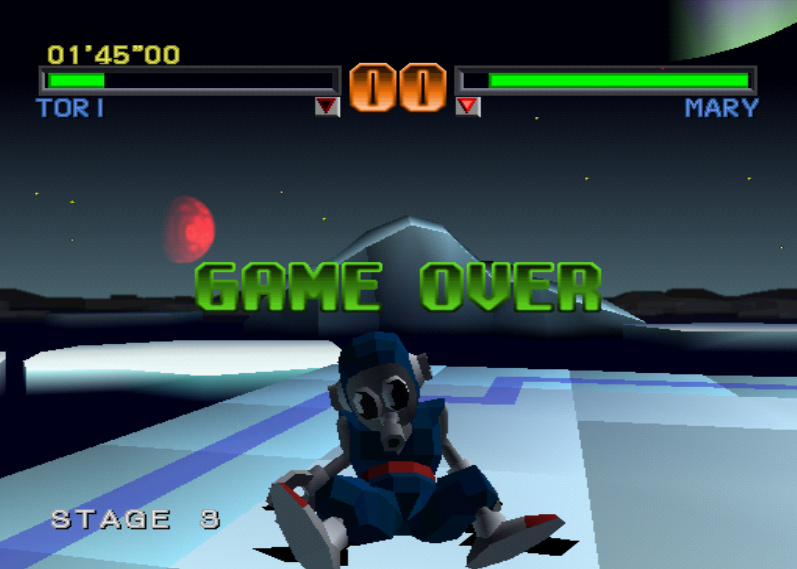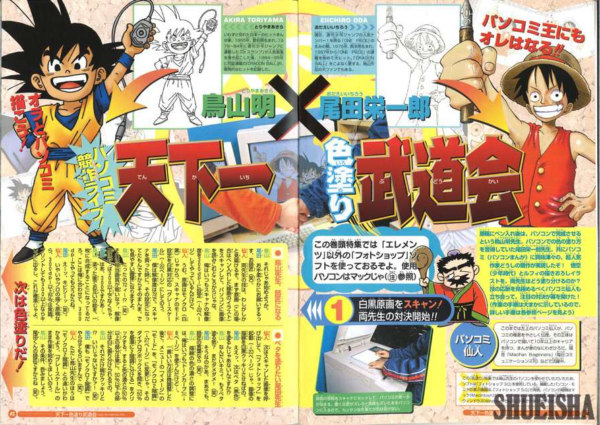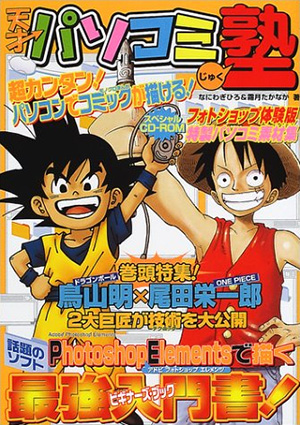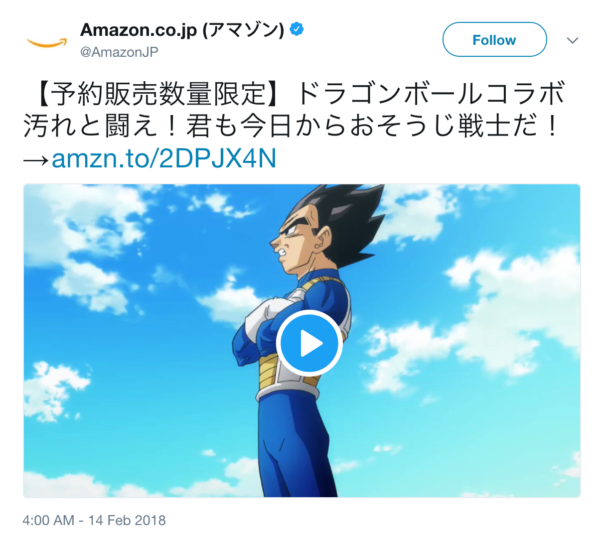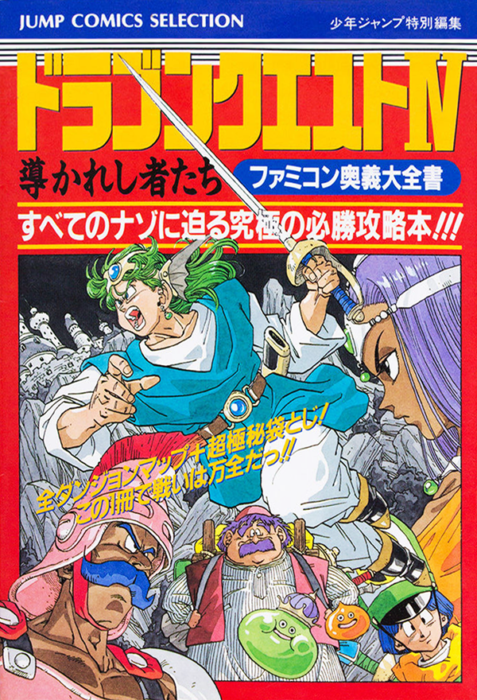In its third week on sale (the reporting period of 12 February 2018 to 18 February 2018), Dragon Ball FighterZ pushed another 5,975 copies on the PlayStation 4 to hit the #17 spot on the Media Create Sales list, bringing it to 88,943 total copies sold.
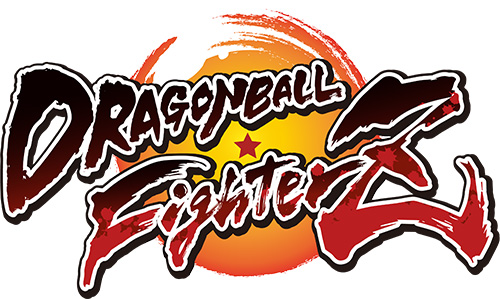
By its third week in November 2016, Dragon Ball XENOVERSE 2 pushed 87,105 total copies. The first Dragon Ball XENOVERSE pushed 72,838 and 54,442 total copies on the PlayStation 3 and 4, respectively, by its third week in February 2015.
The 3-on-3, “2.5D” fighting game is developed by Arc System Works for the PlayStation 4, Xbox One, and PC (via Steam). The game runs at a 1080p resolution and 60fps frame rate, with higher resolutions available on the PlayStation 4 Pro and Xbox One X consoles, as well as the PC. Playable characters include Son Goku, Son Gohan (Cell arc design), Vegeta, Freeza, Cell, Boo (Good), Trunks, Piccolo, Kuririn, #16, #18 (with #17), Yamcha, Tenshinhan (with Chiaotzu), Ginyu (with teammates), Nappa (with Saibaimen), Gotenks, Son Gohan (Boo arc design), Boo (Pure), Hit, Beerus, and Goku Black (with Zamasu), as well as “Super Saiyan God Super Saiyan” (SSGSS, or “Super Saiyan Blue”) versions of Goku and Vegeta that can be accessed early via pre-orders or unlocked through gameplay. The Akira Toriyama-designed “#21” has also been revealed as a new character central to the game’s story mode. Upcoming paid DLC characters are set to include Broly and Bardock, along with at least six other characters.
Dragon Ball FighterZ was released 26 January 2018 in North America and Europe, and 01 February 2018 in Japan.
Alongside its Japanese release, Bandai Namco announced that they had shipped two million copies of the game, making it the fastest-shipping game in the franchise’s history.
Arc previously worked on Dragon Ball Z: Extreme Butōden for the Nintendo 3DS, as well as the Super Sonic Warriors games (Bukū Tōgeki and Bukū Ressen) on the Nintendo Game Boy Advance and Nintendo DS. The developer is otherwise known for their Guilty Gear and BlazBlue series of fighting games.
